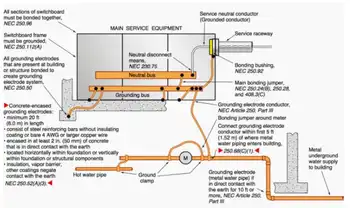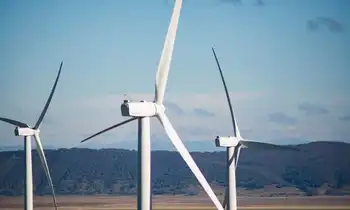Hinkley Point C delays highlight EDF cost overruns, energy security risks, and wholesale power prices, complicating UK net zero plans, Sizewell C financing, and small modular reactor adoption across the grid.
Key Points
Delays at EDF's 3.2GW Hinkley Point C push operations to 2031, lift costs to £46bn, and risk pricier UK electricity.
✅ First unit may slip to 2031; second unit date unclear.
✅ LSEG sees 6% wholesale price impact in 2029-2032.
✅ Sizewell C replicates design; SMR contracts expected soon.
Vincent de Rivaz, former CEO of EDF, confidently announced in 2016 the commencement of the UK's first nuclear power station since the 1990s, Hinkley Point C. However, despite milestones such as the reactor roof installation, recent developments have belied this optimism. The French state-owned utility EDF recently disclosed further delays and cost overruns for the 3.2 gigawatt plant in Somerset.
These complications at Hinkley Point C, which is expected to power 6 million homes, have sparked new concerns about the UK's energy strategy and its ambition to decarbonize the grid by 2050.
The UK government's plan to achieve net zero by 2050 includes a significant role for nuclear energy, reflecting analyses that net-zero may not be possible without nuclear and aiming to increase capacity from the current 5.88GW to 24GW by mid-century.
Simon Virley, head of energy at KPMG in the UK, stressed the importance of nuclear energy in transitioning to a net zero power system, echoing industry calls for multiple new stations to meet climate goals. He pointed out that failing to build the necessary capacity could lead to increased reliance on gas.
Hinkley Point C is envisioned as the pioneer in a new wave of nuclear plants intended to augment and replace Britain's existing nuclear fleet, jointly managed by EDF and Centrica. Nuclear power contributed about 14 percent of the UK's electricity in 2022, even as Europe is losing nuclear power across the continent. However, with the planned closure of four out of five plants by March 2028 and rising electricity demand, there is concern about potential power price increases.
Rob Gross, director of the UK Energy Research Centre, emphasized the link between energy security and affordability, highlighting the risk of high electricity prices if reliance on expensive gas increases.
The first 1.6GW reactor at Hinkley Point C, initially set for operation in 2027, may now face delays until 2031, even after first reactor installation milestones were reported. The in-service date for the second unit remains uncertain, with project costs possibly reaching £46bn.
LSEG analysts predict that these delays could increase wholesale power prices by up to 6 percent between 2029 and 2032, assuming the second unit becomes operational in 2033.
Martin Young, an analyst at Investec, warned of the price implications of removing a large power station from the supply side.
In response to these delays, EDF is exploring the extension of its four oldest plants. Jerry Haller, EDF’s former decommissioning director, had previously expressed skepticism about extending the life of the advanced gas-cooled reactor fleet, but EDF has since indicated more positive inspection results. The company had already decided to keep the Heysham 1 and Hartlepool plants operational until at least 2026.
Nevertheless, the issues at Hinkley Point C raise doubts about the UK's ability to meet its 2050 nuclear build target of 24GW.
Previous delays at Hinkley were attributed to the COVID-19 pandemic, but EDF now cites engineering problems, similar to those experienced at other European power stations using the same technology.
The next major UK nuclear project, Sizewell C in Suffolk, will replicate Hinkley Point C's design, aligning with the UK's green industrial revolution agenda. EDF and the UK government are currently seeking external investment for the £20bn project.
Compared with Hinkley Point C, Sizewell C's financing model involves exposing billpayers to some risk of cost overruns. This, coupled with EDF's track record, could affect investor confidence.
Additionally, the UK government is supporting the development of small modular reactors, while China's nuclear program continues on a steady track, with contracts expected to be awarded later this year.
Related News












